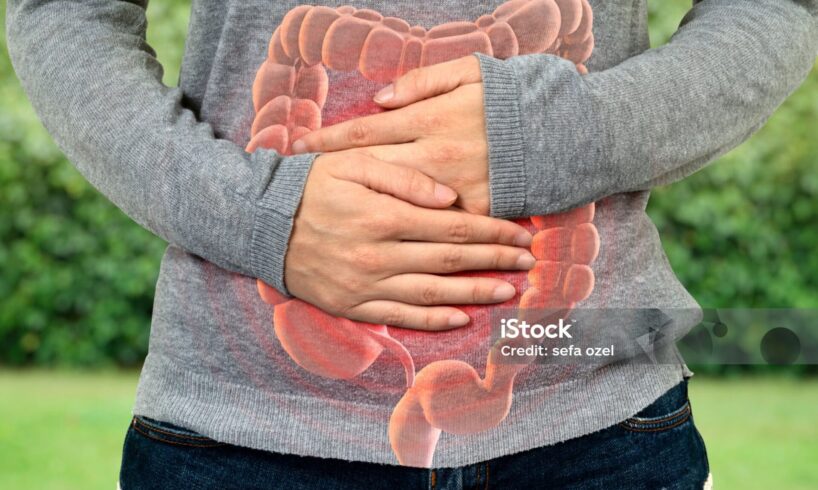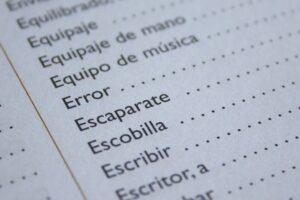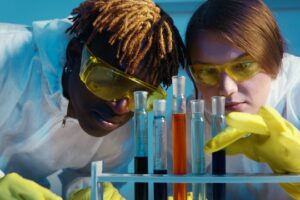
In this post, we are going to cover parts of the human digestive system in detail. Suppose you are preparing for government competitive exams. In that case, this topic will be very helpful for you because questions always come from the topic of parts of the human digestive system in detail, so you can’t miss this topic anymore. So let’s have a look at parts of the digestive system of the human body.
Human Digestive System
The human stomach-related framework comprises the gastrointestinal tract in addition to the embellishment organs of absorption (the tongue, salivary organs, pancreas, liver, and gallbladder). Absorption includes the breakdown of food into more modest and more modest parts until they can be ingested and acclimatized into the body. The course of assimilation has three phases: the cephalic stage, the gastric stage, and the gastrointestinal stage.
The human digestive system consists of the gastrointestinal tract; that’s why it is called the GI tract or intestinal system. The gastrointestinal tract is a group of organs that participate in a long, turning tube from the mouth to the anus. The empty organs that make up the GI plot are the mouth, throat, stomach, small digestive system, internal organ, and rear end. The liver, pancreas, and gallbladder are the strong and important organs of the human digestive system.
The small intestine has three sections. The first part, or the initial segment, is called the duodenum. The middle part is called the jejunum, and the ileum is the last part towards the end. The large intestine contains organs like the appendix, cecum, colon, and rectum. The appendix is a finger-molded pocket connected to the cecum. The cecum is the initial segment, or upper part, of the large intestine. After that, the colon and the rectum are the final parts of the large intestine.
Parts of the Human Digestive System in Detail
If we talk about parts of the human digestive system in detail, then the important parts are the mouth, teeth, salivary glands, pharynx, esophagus, liver, stomach, pancreas, large intestine, small intestine, rectum, and anus. Let’s have a look at all these organs one by one.
Mouth
The mouth is the first organ of the human digestive system. Indeed, digestion begins before you even take food into the mouth. Biting breaks the food into pieces that are all the more handily processed, while salivation blends in with food to start the most common way of separating it into a structure your body can digest and utilize.
Teeth
The teeth are hard, white designs found in the mouth. Typically utilized for the rumination of food in the mouth. Every tooth comprises a crown and at least one root. The crown is the useful piece of the tooth that is noticeable over the gum. The root is the concealed part that supports and attaches the tooth to the jawbone.
Pharynx
The pharynx is located in the throat close to your (windpipe); the throat gets food from your mouth when you swallow. The epiglottis is a part of the pharynx that folds over your windpipe as you swallow to keep you from gagging (when food goes into your windpipe). A progression of solid compressions inside the throat called peristalsis conveys food to your stomach.
Stomach
The stomach is an empty organ, like a pouch, that holds food while it is being blended in with stomach proteins. These enzymes proceed with the most common way of separating the food into a usable structure. Cells in the coating of your stomach discharge strong acids and enzymes that are responsible for the digestion of food. At the point when the substances in the stomach are sufficiently prepared, they’re delivered into the small intestine.
Small Intestine
There are three portions: the duodenum, jejunum, and ileum. The small digestive tract is a long tube that is coiled loosely in the abdomen (spread out, it would be more than 20 feet in length). The small intestine proceeds with the most common way of separating food by utilizing enzymes delivered by the pancreas and bile from the liver. Bile is a compound that guides the absorption of fat and takes out side effects from the blood. The duodenum is generally answerable for proceeding with the most common way of separating food, with the jejunum and ileum being principally liable for the retention of supplements into the circulatory system.
Large Intestine
The large intestine is a 5- to 6-foot-long solid tube that interfaces the cecum (the initial segment of the internal organ) with the rectum (the last piece of the internal organ). It is comprised of the cecum, the climbing (right) colon, the cross-over (across) colon, the plunging (left) colon, and the sigmoid colon (purported for its “S” shape; the Greek letter for S is known as the sigma), which is associated with the rectum.
Stool, or waste left over from the stomach-related interaction, is passed through the colon through peristalsis (compressions), first in a fluid state and at last in a strong structure as the water is eliminated from the stool.
Rectum
The rectum (Latin for “straight”) is an 8-inch chamber that interfaces the colon with the buttocks. The rectum must get stool from the colon to tell you there is stool to be emptied and to hold the stool until clearing occurs.
Anus
The anus is the last organ of the gastrointestinal system. It comprises the pelvic floor muscles and the two anal sphincters (inner and outside muscles). The coating of the upper buttocks is specific to identifying the rectal substances. It tells us whether the substance is fluid, gaseous, or strong.
The interior sphincter holds us back from going to the washroom when we are snoozing, or in any case, uninformed of the presence of stool. At the point when we get an inclination to go to the restroom, we depend on our outside sphincter to keep the stool in until we can get to the latrine.
Accessory Organs
Pancreas
The pancreas makes a stomach-related juice that has compounds that separate starches, fats, and proteins. The pancreas conveys the stomach-related juice to the small digestive tract through little tubes called ducts.
Liver
The liver makes a stomach-related juice called bile that helps digest fats and a few nutrients. Bile channels convey bile from your liver to your gallbladder for capacity or to the small digestive tract for use.
Gallbladder
The gallbladder stores bile between dinners. At the point when you eat, your gallbladder just barely gets bile through the bile conduits into your small digestive system.




